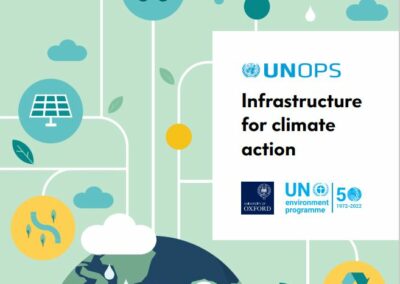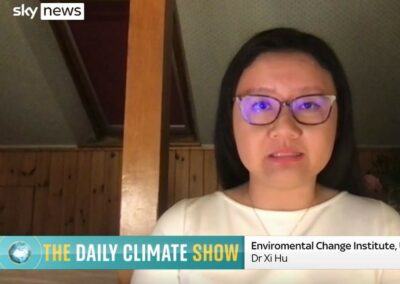Abstract
This report has been provided for the National Infrastructure Commission (NIC) to help inform the UK’s 5G strategy. The NIC specifically requested that this research explore the costs of rolling out ubiquitous high-speed mobile data access across Britain for a per user speed of 50 Mbps – approximately three times higher than the current average. It contains research carried out under the EPSRC-funded Multi-scale Infrastructure Systems Analytics (MISTRAL) programme that aims to inform the long-term planning and delivery of national infrastructure.
The UK has committed to becoming a world leader in 5G communications deployment by 2020. In Spring 2016, the incumbent Chancellor instructed the NIC to assess and recommend steps that the UK could take to achieve this via a 5G strategy, due to be launched in Spring 2017. As the 5G standardisation process is still ongoing, there is currently great uncertainty associated with the rollout of the next generation of mobile telecommunications. Regardless, evidence needs to be produced to guide the UK’s 5G strategy.
In light of this, the research in this report set out to understand the Total Cost of Ownership (TCO) for a 5G network with a high technical specification, including how the costs of deployment for this network could be reduced. It provides direction for necessary future analysis to support the UK’s 5G strategy. There are four key aims to explore under a variety of scenarios:
- Quantify the potential cumulative cost of rolling out 5G to different proportions of the population.
- Estimate the total regional investment cost for rolling out a high coverage probability 5G network, in relation to urban-rural settlement patterns.
- Provide insight into the spatial rollout of 5G, in order to illustrate the locations that are likely to receive new infrastructure first.
- Consider the degree to which targeted investments may be required to provide a higher probability of 5G coverage on underserved transport infrastructure.
There are a wide range of use cases that have been identified for 5G which broadly fall within ultrafast mobile broadband, massive machine communications, and ultra-reliable and low latency applications. Specific uses of 5G communications within these broad categories include accessing media everywhere, Connected and Autonomous Vehicles (CAVs), increased industrial automation, the Internet of Things, smart cities and e-health.
The analysis presented focuses purely on providing an estimate of the total cost of a non-virtualised 5G network for ultrafast mobile broadband.
Authors
Oughton, E. J., and Frias, Z.


